Watch your wake
ON 07-02-2025
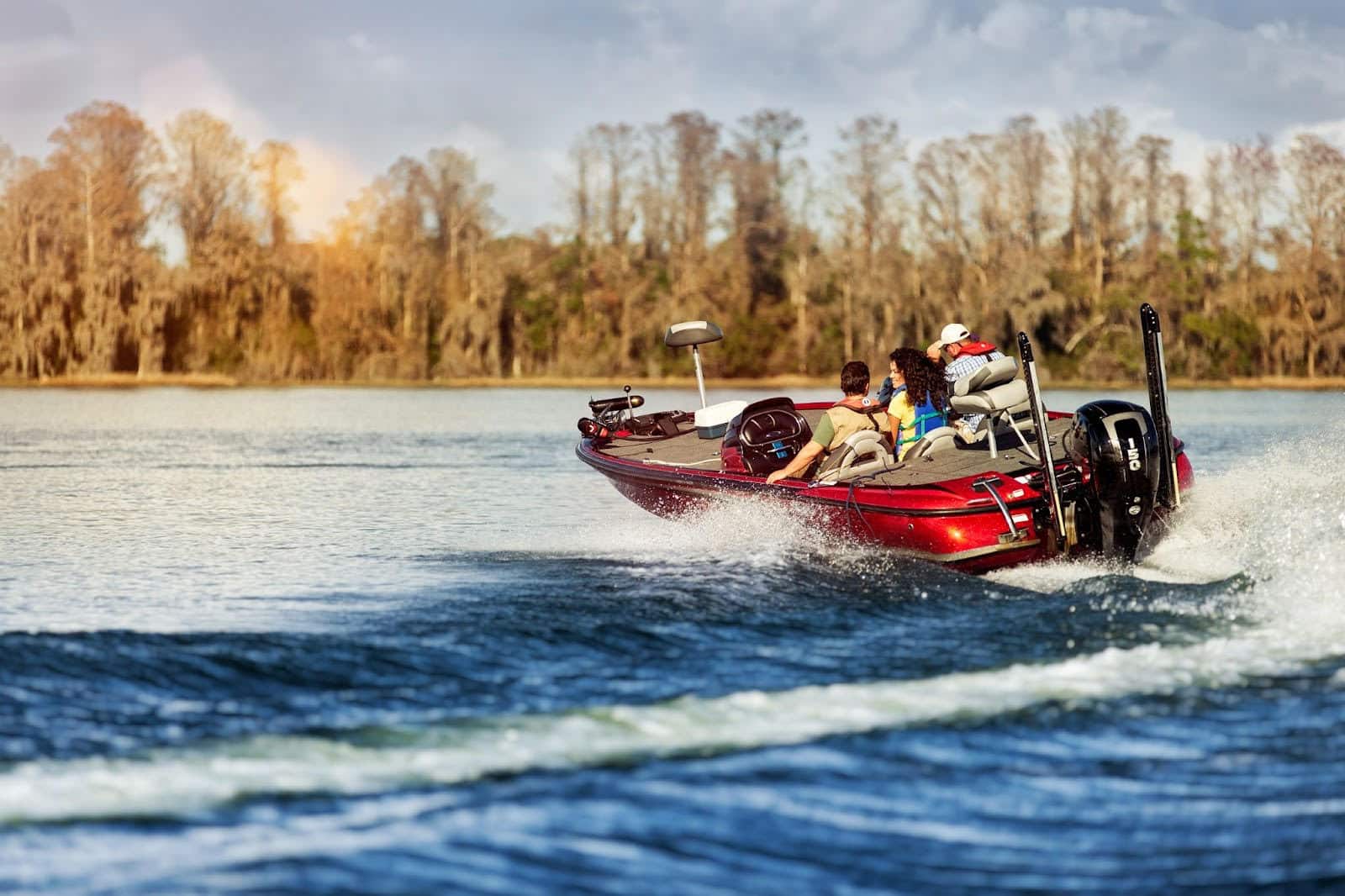
HOT SPRINGS — Wake boats may be the most maligned vessels on the water these days, with some locations in the country even placing bans on this type of craft. But all powerboats create a wake, and all boaters should be aware of the effects their manmade wave action can have on other boaters, personal property and even the aquatic habitat of their favorite lake or river.
Larger horsepower vessels, including ski boats, SeaDoos, bass boats and even jonboats and deep V boats push a lot of water to the side as they plow ahead. Waves and turbulent water are obvious on some popular boating destinations like Lake Hamilton and Greers Ferry Lake during the height of summer, causing some anglers and paddlesports enthusiasts to avoid them during high traffic times.
Even on smaller waters, boaters should be aware of their wake. One wave from a boat running too close to another vessel is all it takes to push someone off their fishing spot or onto a nearby stump or rocks.
“Smaller AGFC lakes are ideal for people to enjoy with a kayak or canoe, and most have ramps large enough to accommodate a larger fishing boat,” Jeremy Risley, Black Bass Program Coordinator, said. “In larger reservoirs, you really try to steer clear of congested areas, but on smaller and midsize lakes, especially those with boat lanes, slowing down is sometimes the best approach.”
“No Wake” buoys guard certain zones on Arkansas lakes from the effects of passing boats. A rogue wave can toss a person’s boat around while docked at a marina or being maneuvered onto the bunks of a trailer at the boat ramp. Areas where swimmers are present also warrant an extra note of caution, as the series of waves produced by a large wake can take a person off guard or produce too much wave action for safe swimming.
Boaters should always be aware of the wake they produce, regardless of designated areas. According to Arkansas Code, it is illegal to operate a motorboat “… at a rate of speed that creates a hazardous wash or wake upon approaching or passing vessels …” even outside of designated “No Wake” zones.
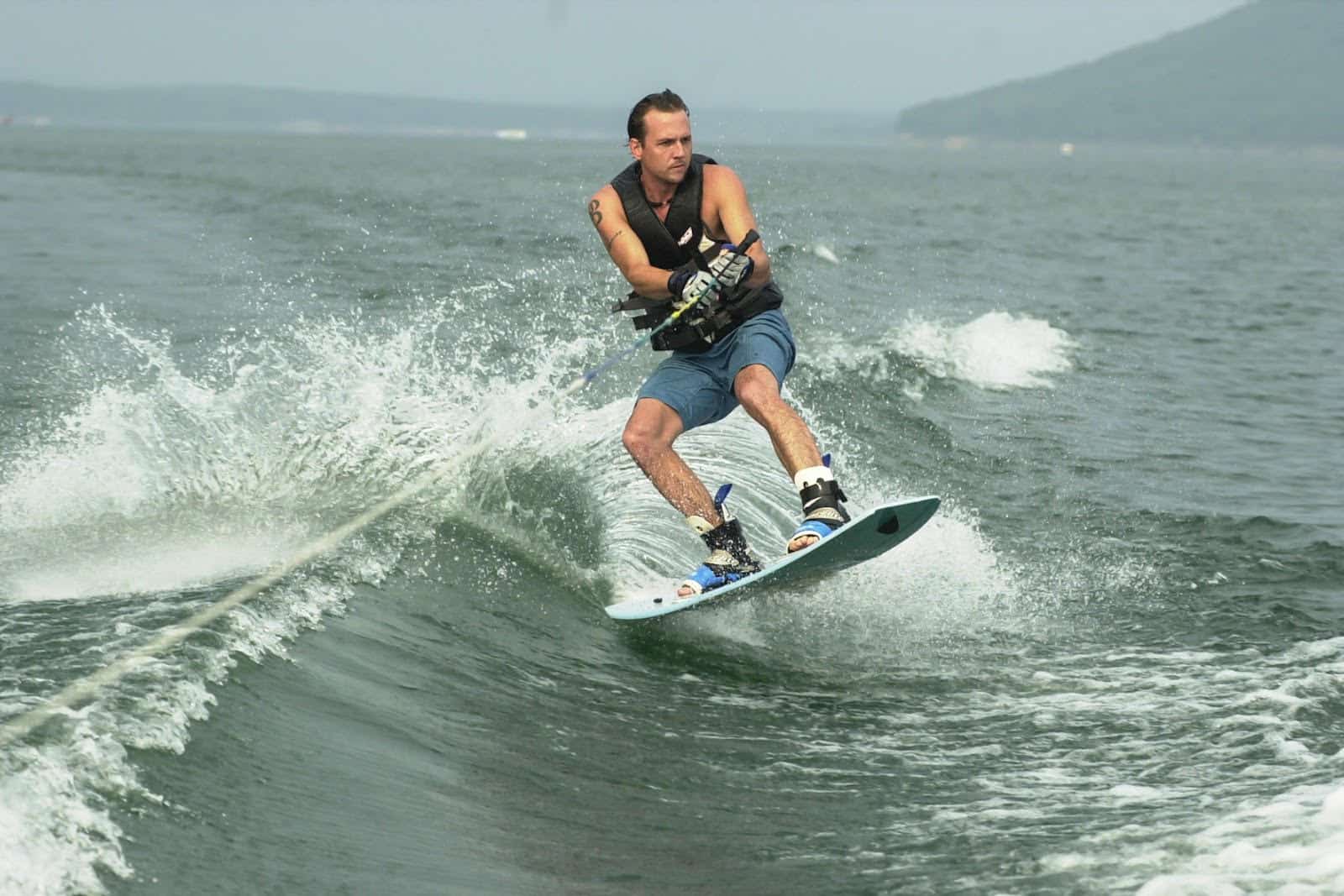
“By law, you also need to be at no wake speed (under 5 miles per hour) if you’re within 100 feet of a dock, pier, anchored boat or other structure unless a contrary speed limit is posted,” Risley said. “That includes bridges and bridge pilings. Zipping underneath a bridge at full throttle, whether towing a skier or going to the next fishing location in your rotation, isn’t just dangerous, it’s illegal.”
In addition to the danger to yourself and other boaters, a hazardous wake can cause damage to vessels and property at marinas and boat docks. Damages caused by a boat’s wake can come back on the operator of that vessel if it’s proven their boat was responsible for the wake that caused the damage.
Boat operators are liable not only for property damage caused by their vessel’s wake, but also for any injuries or fatalities resulting from a capsized boat due to the wake, according to Joe Huggins, AGFC Hunting and Boating Safety Program Coordinator.
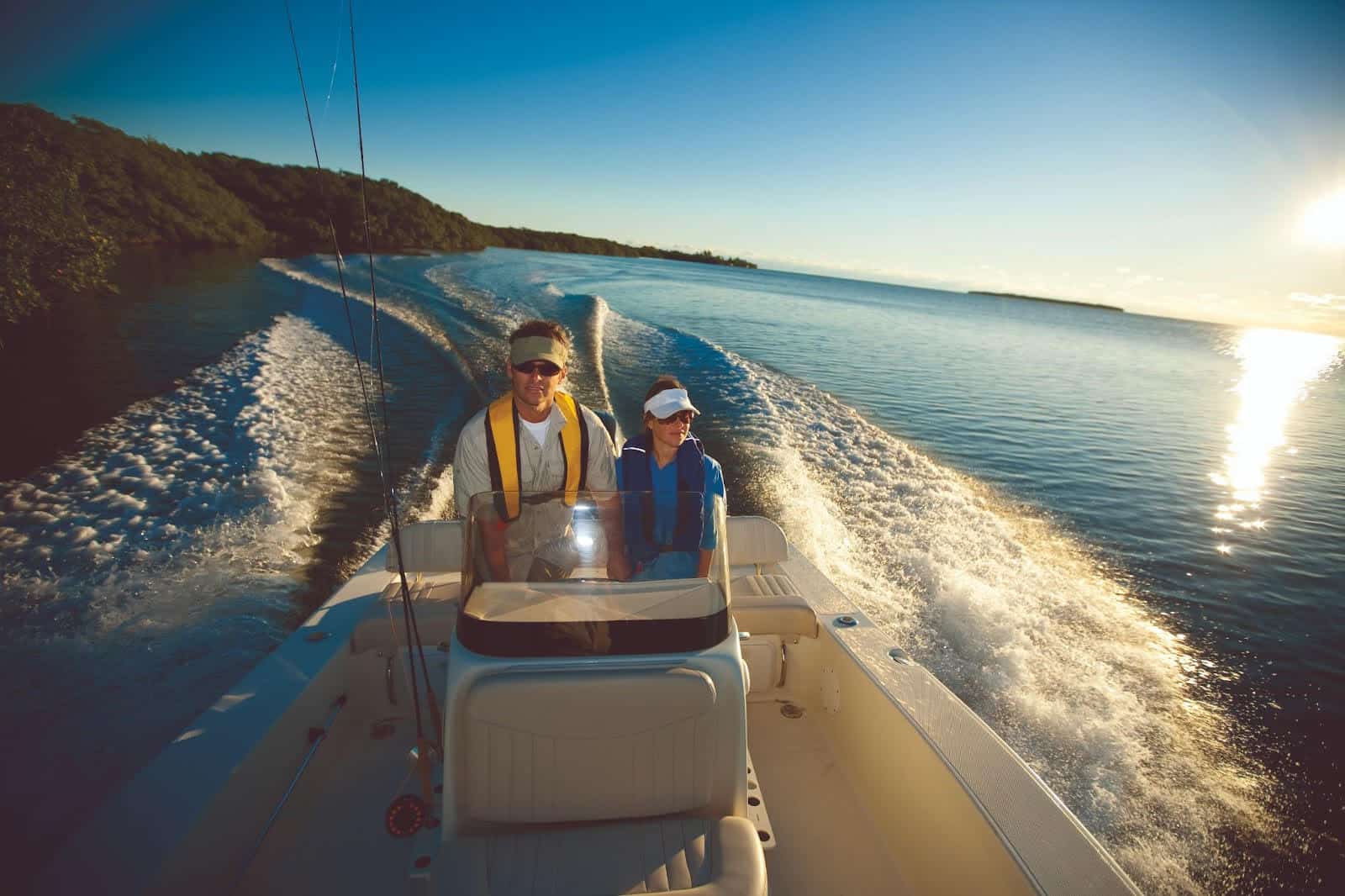
Aside from damages caused to boats, boaters and property, a larger concern for some people is the added wave action added to a lake by these wakes. Wake boats, in particular, have been the targets of some states and privately owned reservoirs because of the amount of shoreline disruption they can cause. Eroding streams and shorelines add sediment to the water column, which degrades water quality and can inhibit the reproduction and life cycles of some sensitive aquatic species. Keeping the wakes near the center of the lake helps reduce the wave action and its effects on the shoreline.
“It all really comes down to paying attention and being courteous when you’re running around on the water,” Risley said. “When I’m in my big boat, I try to remember what it’s like when I’m in something smaller. Some boaters will say that going by fast creates less wake because there’s less boat in the water. There’s some truth to that, but it still produces a wake, and the increased speed still makes being too close to someone or something dangerous. Besides that, it just looks bad. It’s one of those unforced errors that causes one group of anglers or boaters to talk about the others in negative terms, and we’re all out there to have a good time.”
####
CUTLINES:
BASS BOAT TURNING
Boaters are not only responsible for damages caused by their wakes, but any injuries that may occur as a result of the added wave action. Photo courtesy Recreational Boating and Fishing Foundation.
WAKEBOARDING
Skiing and wakeboarding are exciting outdoors activities, but those wakes can cause added erosion if the boat runs too close to shore. Photo courtesy Mike Wintroath.
STRIPER BOAT
Boaters should pay attention to where their wake ends up. Photo courtesy Recreational Boating and Fishing Foundation.
Recent News
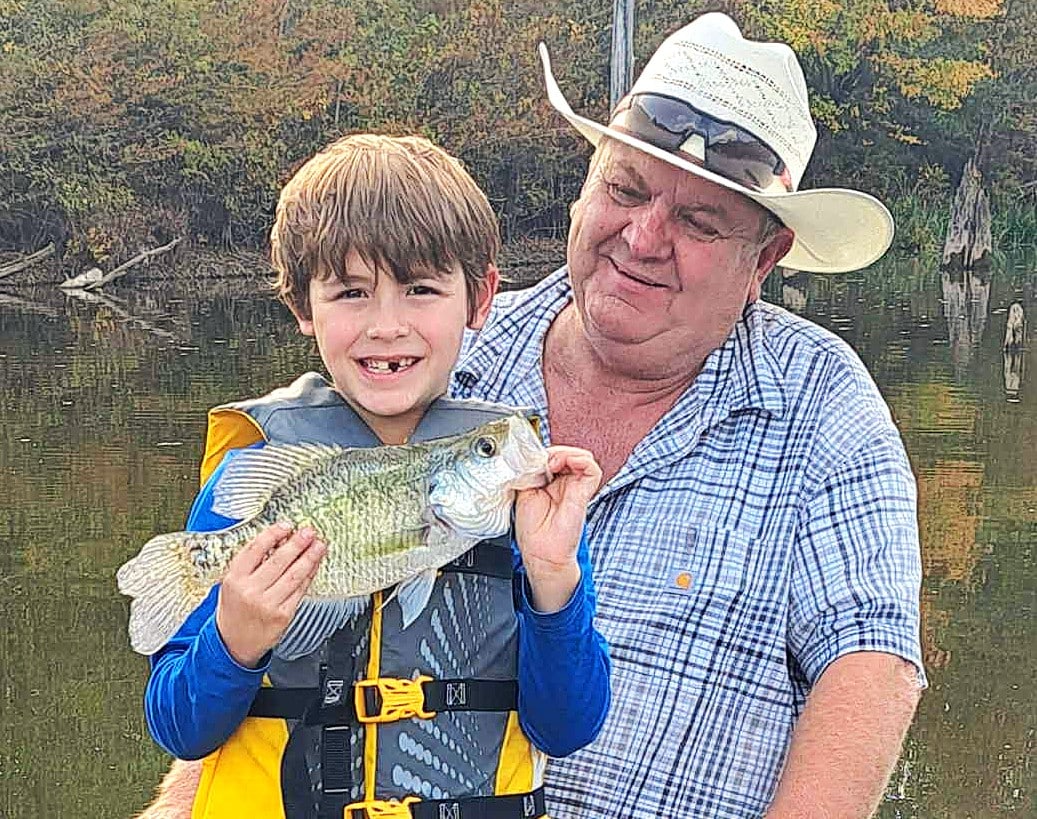
Arkansas Wildlife Weekly Fishing Report
Dec. 4, 2025
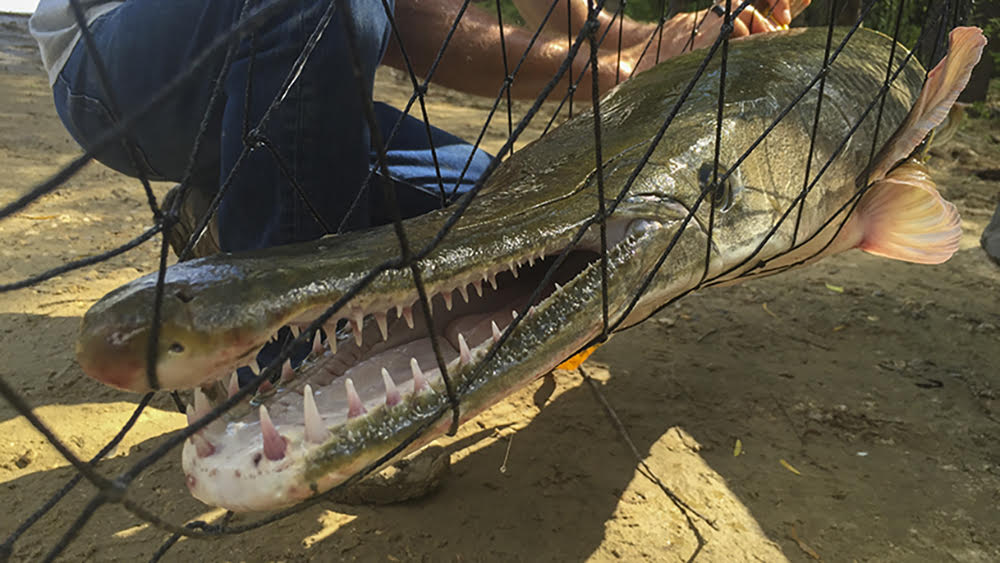
Apply for a 2026 Alligator Gar Trophy Tag
Dec. 4, 2025
Subscribe to Our Weekly Newsletter E-mails
Don’t miss another issue. Sign up now to receive the AGFC Wildlife Weekly Newsletter in your mailbox every Wednesday afternoon (Waterfowl Reports are published weekly during waterfowl season and periodically outside the season). Fishing Reports arrive on Thursdays. Fill in the following fields and hit submit. Thanks, and welcome!
